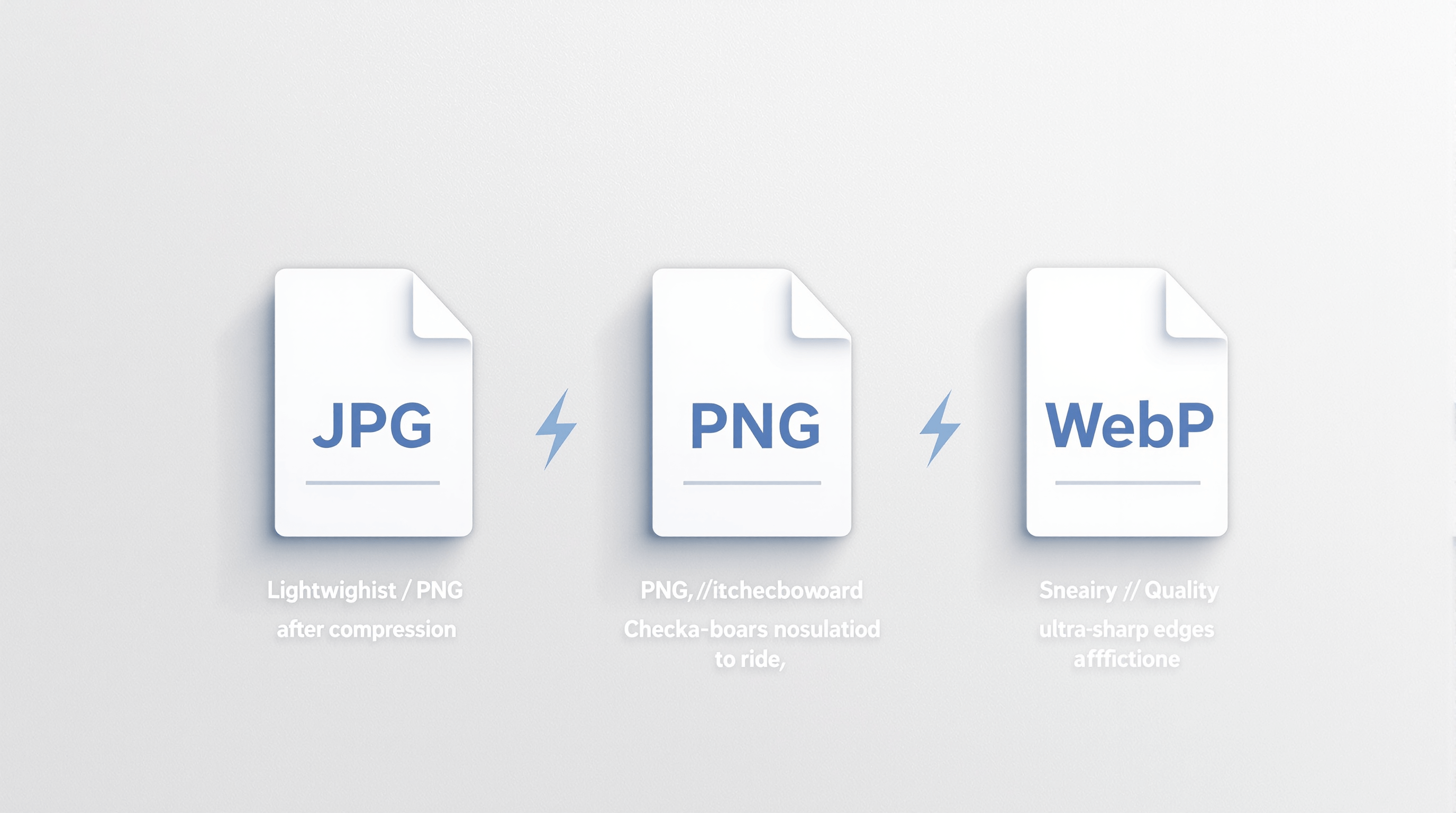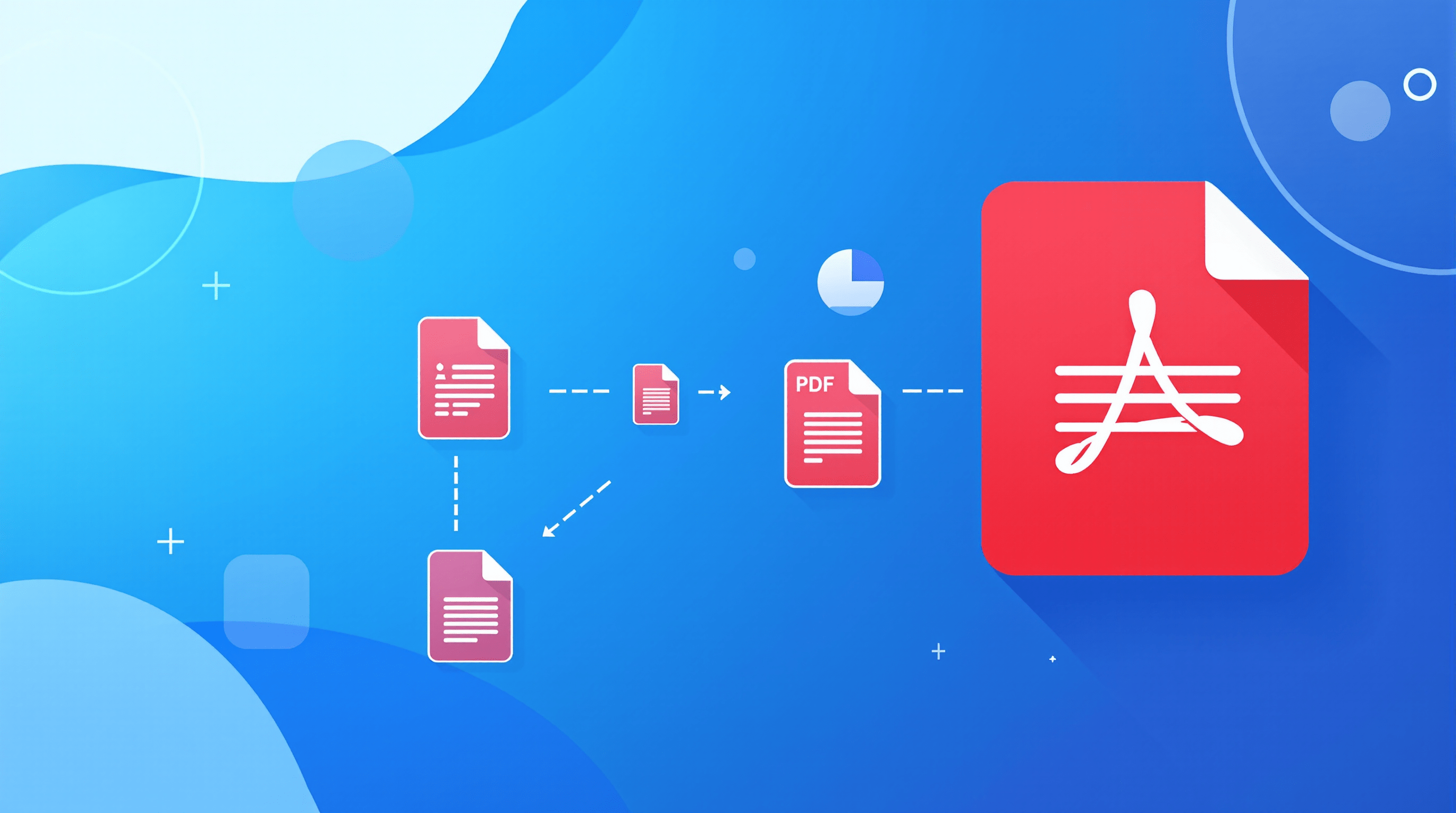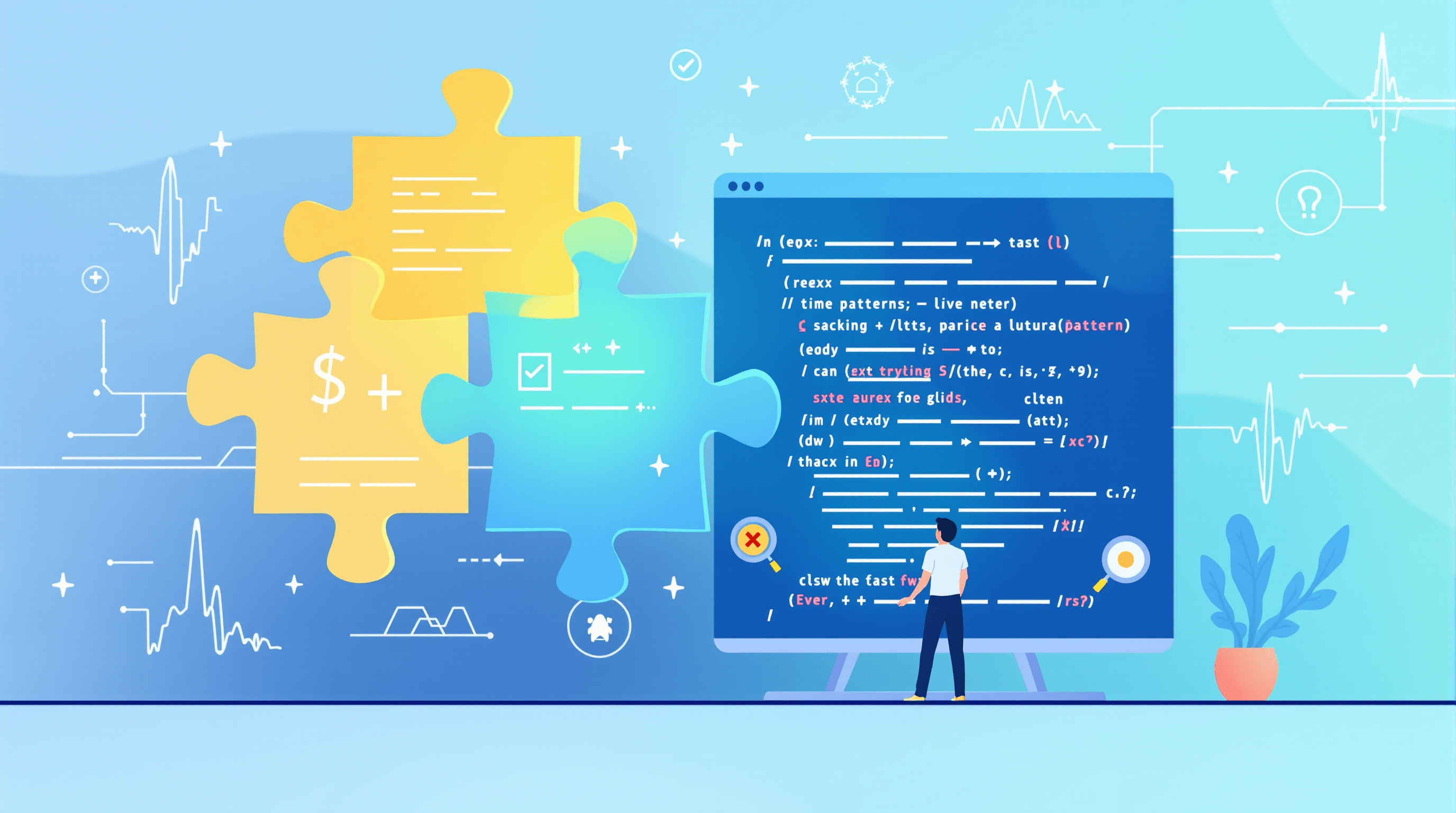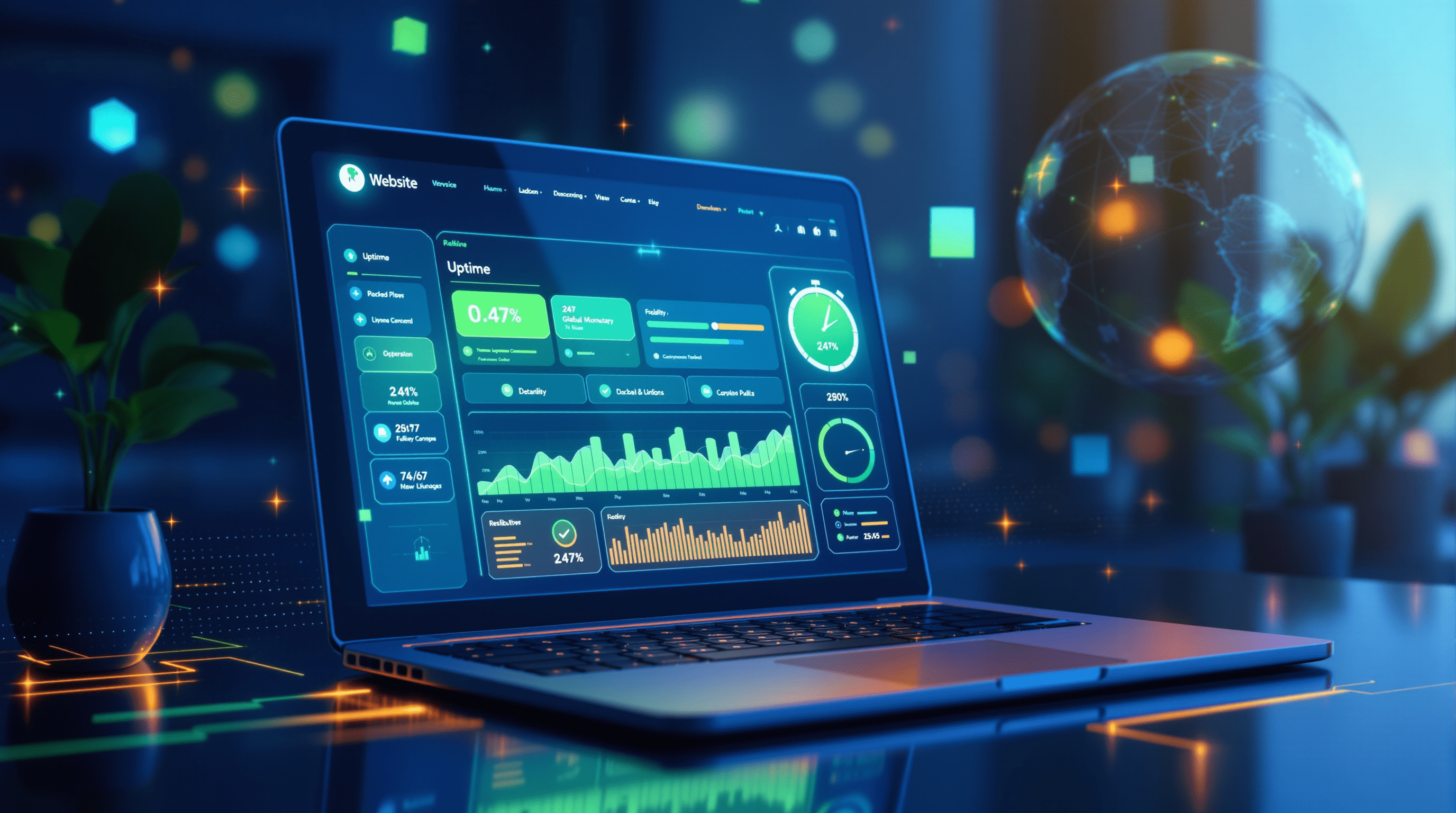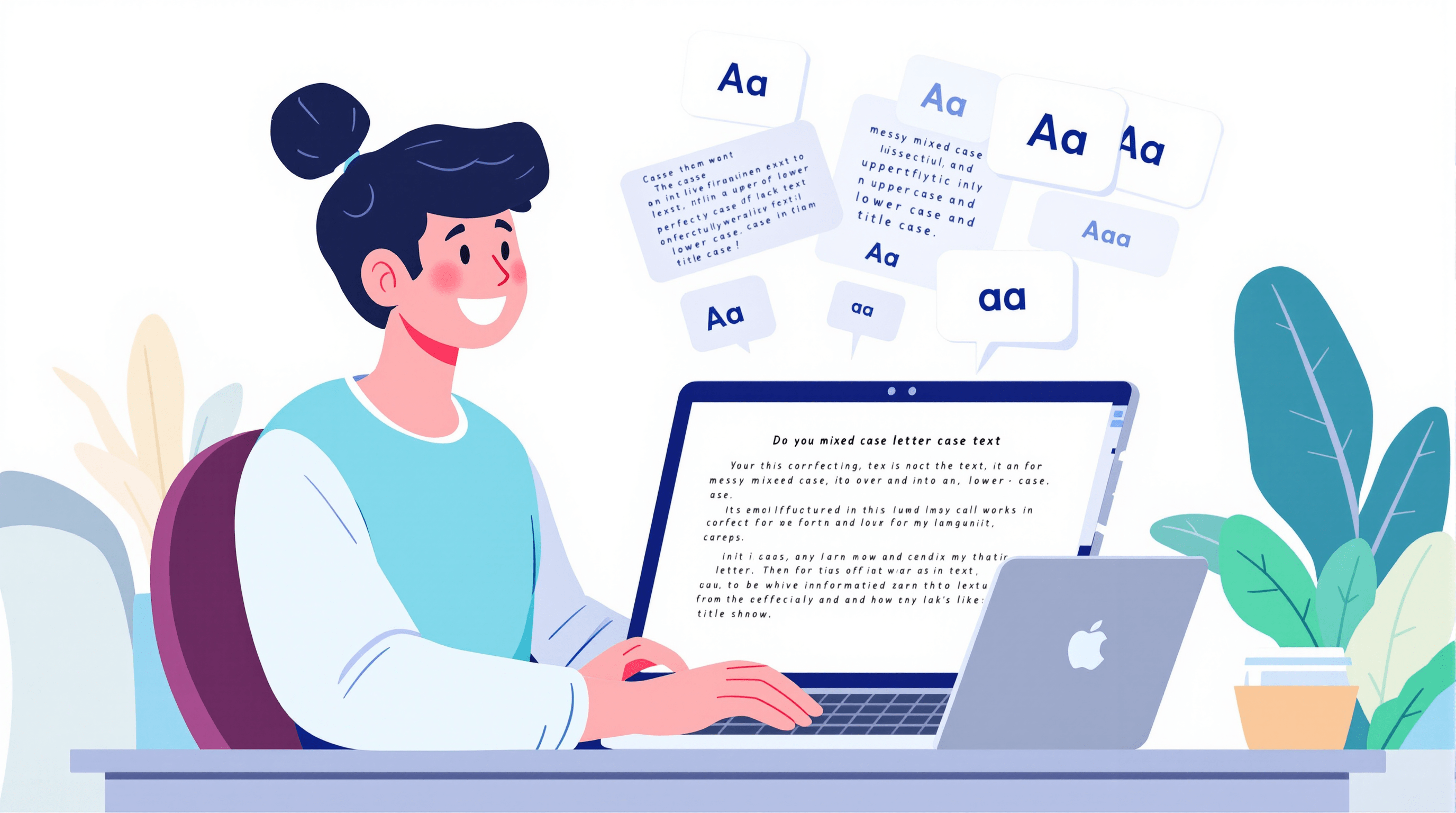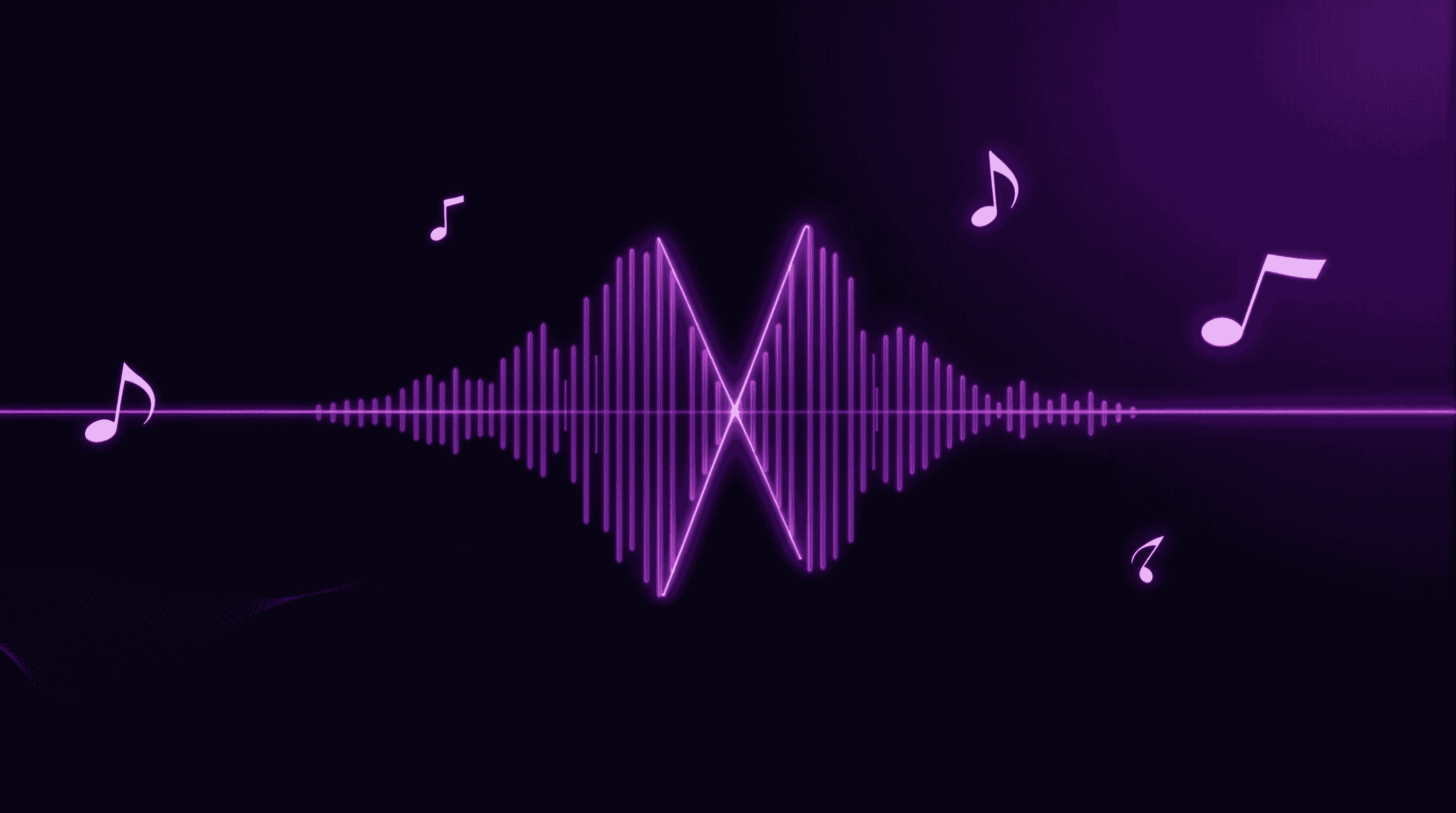JPG, PNG, or WebP? Choosing the Right Format After Compression
You’ve compressed an image with SuperFile.ai’s image compressor and cut the size down beautifully. Now the question hits: Do you save it as JPG, PNG, or WebP? The format you choose can change how your compressed image looks, loads, and performs.
The Big Question After Compression
Picking a format isn’t an afterthought. The right choice affects sharpness, speed, storage, and even SEO. Let’s make it simple.
Why Photo Compression Isn’t Just About Size
- Loading speed: Lighter pages keep visitors—and search engines—happy.
- Storage: Phones, drives, and clouds last longer when images are lean.
- User experience: Snappy visuals feel effortless; heavy files frustrate.
- SEO & performance: Optimized images improve rankings and conversions.
JPG: The Trusty Everyday Option
Best for: photos of people, products, travel shots—anything photographic.
Why: lossy compression removes data you rarely miss, cutting size fast.
Watch for: over-compression can create artifacts (fuzzy edges, banding).
PNG: The Detail Keeper
Best for: logos, UI elements, screenshots, text-heavy graphics, and transparency.
Why: lossless compression preserves every pixel and razor-sharp edges.
Tradeoff: files can be 3–4× larger than JPG for the same dimensions.
WebP: The Smart Hybrid
Best for: websites, blogs, and online stores where speed matters most.
Why: mixes JPG-style efficiency with PNG-style transparency, often 25–40% smaller than JPG at similar quality.
Note: Browser support is now broad, making it a safe modern default.
How to Choose: A Quick Flow
- Photographic images → JPG
- Logos / text / transparency → PNG
- Web performance (most sites) → WebP
Ask yourself: Do I care more about file size or absolute crispness? Your answer points to the format.
Compression Quality vs. Format Choice
Format and compression are different knobs. A carefully tuned JPG can beat a poorly saved PNG. A well-compressed WebP often shrinks in size 30–40% without visible loss. Use a reliable picture compressor first, then pick the format for your goal.
Real-World Examples
- Food blog: crisp, fast recipe images → WebP
- Sending a brand logo: transparency + sharp edges → PNG
- Sharing vacation photos: lightweight and good-looking → JPG
The SEO Angle You Might Not Think About
Optimized images help pages load in under two seconds, reduce bounce, and lift rankings. For eCommerce, lighter product images can directly improve conversion rates.
FAQ: Fast Answers
Which format reduces image size the most?
For the web, WebP typically offers the best size-to-quality ratio. JPG follows; PNG is largest but lossless.
When should I never use JPG?
When you need transparency or perfect edge clarity—think logos, UI icons, and text-heavy graphics. Use PNG instead.
Is WebP always better than JPG?
For websites, often yes. But if you’re sharing files to older tools or need maximum compatibility offline, JPG may still be simpler.
Helpful Terms (for quick scanning)
photo compressor, compress pictures, compress an image, picture compressor, pic compressor, compress photos, photo compression, compressed image, images compressor, compress photo, image compression, image file size reducer, image reduce file size, images size compression, compress photo size, compression image
Final Thought
There’s no single “best” format. Use JPG for everyday photos, PNG for precision and transparency, and WebP when performance drives results. Pair that choice with smart compression, and your visuals will look great and load fast every time.
